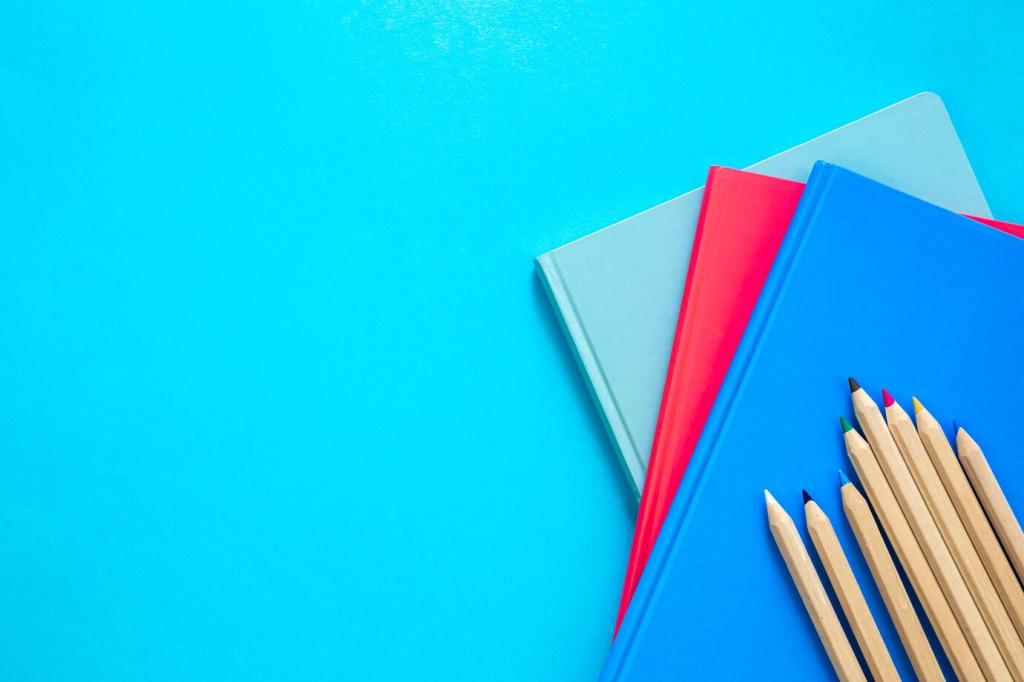Curtains, Shades, and Soft Dividers
Measure for fullness, choose header styles like pinch-pleat or rod-pocket, and line panels to improve drape. When my neighbor swapped stiff blinds for washed linen, the room softened instantly and evening light felt cinematic.
Curtains, Shades, and Soft Dividers
Build fabric channels for slim dowels, add blackout lining for bedrooms, and route cords safely. Choose a textured linen or patterned cotton. The clean folds feel architectural while still reading cozy and handcrafted.




